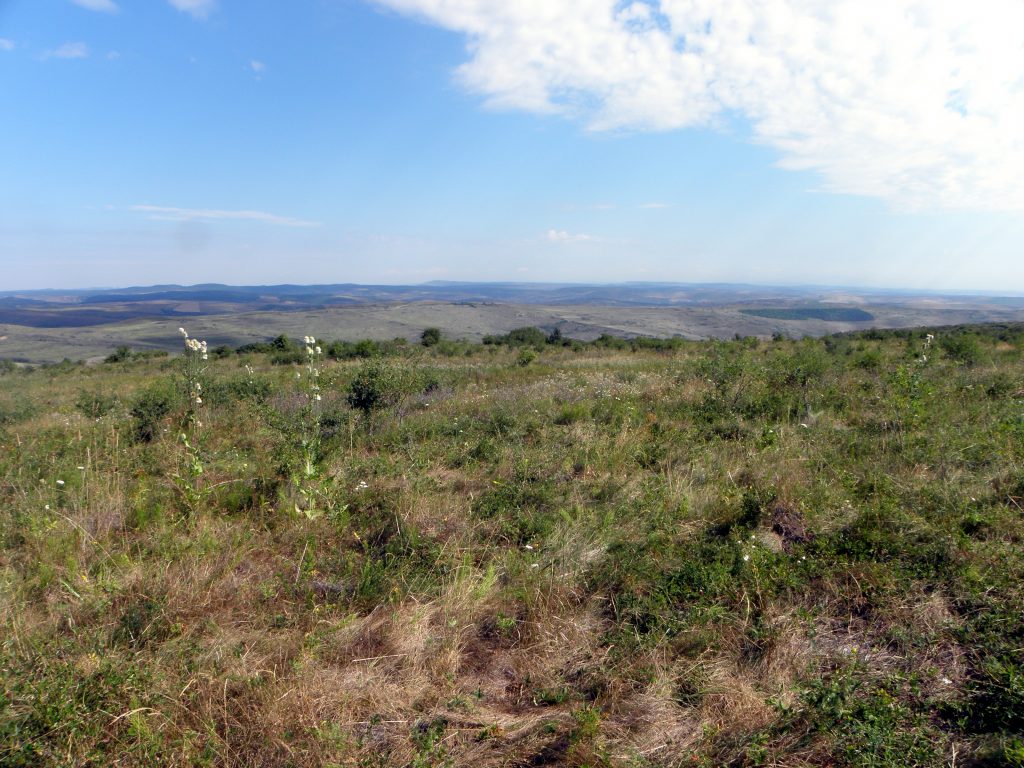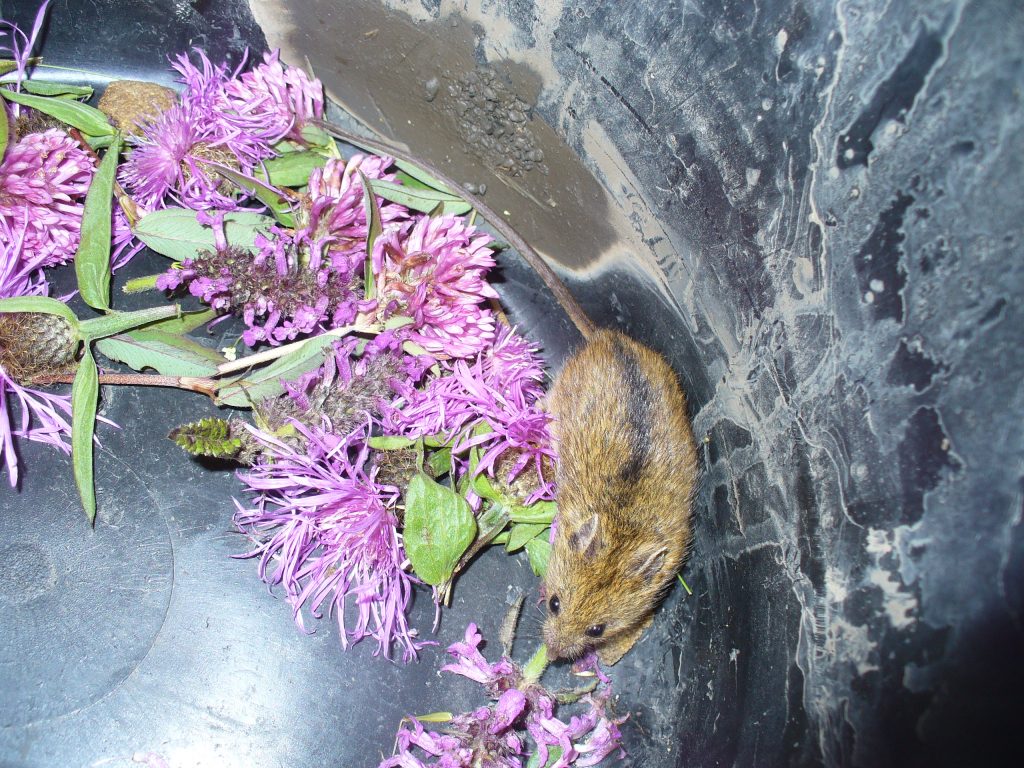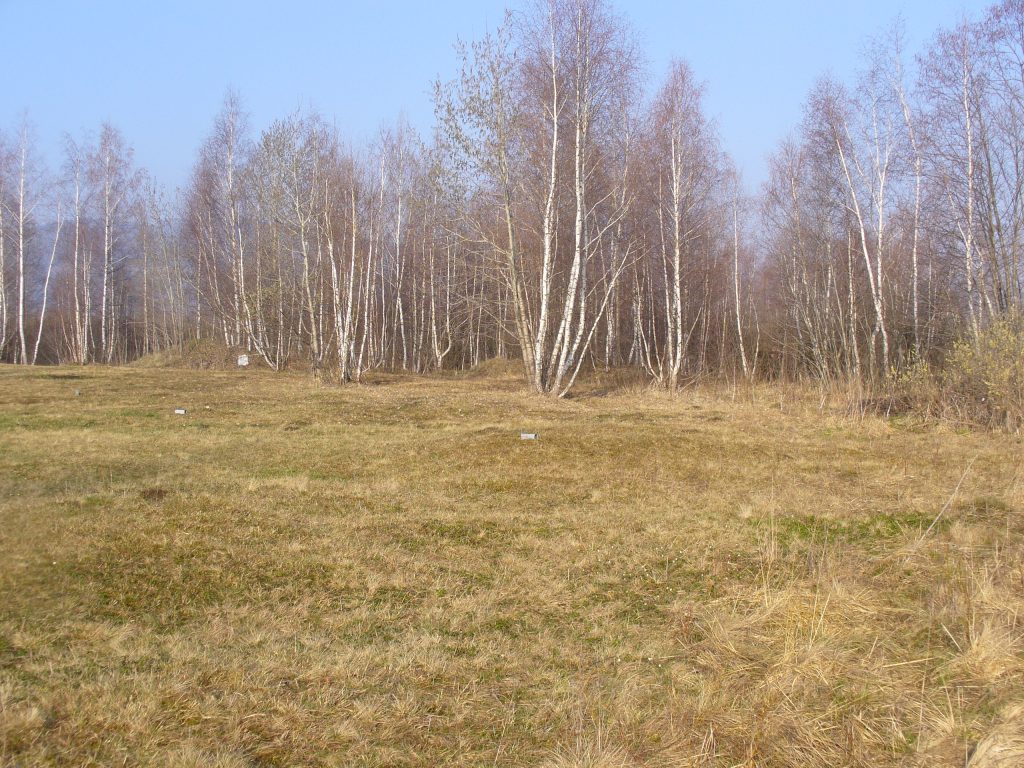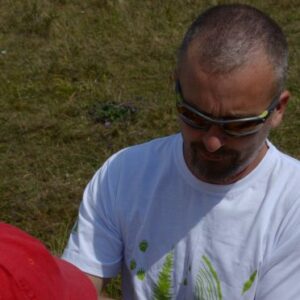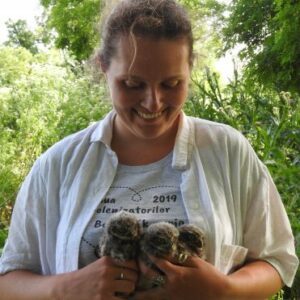As per their small dimensions and reclusive lifestyle, but also because of the lack of research, there has been few information about the presence in Romania of Birch Mice species for a long time.
Based on the current taxonomic knowledge, there are three birch mouse species in our country: the Northern birch mouse (Sicista betulina), the Hungarian birch mouse (Sicista trizona) and the Nordmann’s birch mouse (Sicista loriger). The last two belong to a species group of steppe-dwelling birch mice that have only been recently classified separately by taxonomists.
Until 2009, there was only one record of a Hungarian birch mouse, which dates back to 1900, when Orosz Endre collected a female individual near Apahida, Romania.
In the Barn Owl and Little Owl pellets, collected between 2008 and 2010 in various places of the Someș Plateau, several bones belonging to birch mice have been discovered. During subsequent expeditions carried out together with members of Bükk Mammalogical Society from Hungary, Milvus Group investigated the locations of the two steppe species that had been recorded in the early scholarly literature. In 2012, the first individuals were captured with live traps near Cluj-Napoca, and in 2013, several birch mice were captured near lași.
The genetic analyses revealed information on the taxonomic situation of the steppe mice in Romania. The individuals in Transylvania belong to the Hungarian Birch Mouse (endemic to the Carpathian Basin) species and represent the Sicista trizona transylvanica subspecies. The mice found on the steppes in Moldova have been identified as being Nordmann’s Birch Mice (Sicista loriger).
During the live trapping of small mammals over the last decade, several Northern birch mice have been found on the wet meadows of the Giurgeu Depression. There are only four records of this species in early scholarly literature in Romania. These date between 1943-1996 and the located in the Eastern and Southern Carpathians. There are four recent observations as well – one in the Gurghiu Mountains in 2006, one in the Giurgeu Depression in 2008, where other two were captured in 2010.

